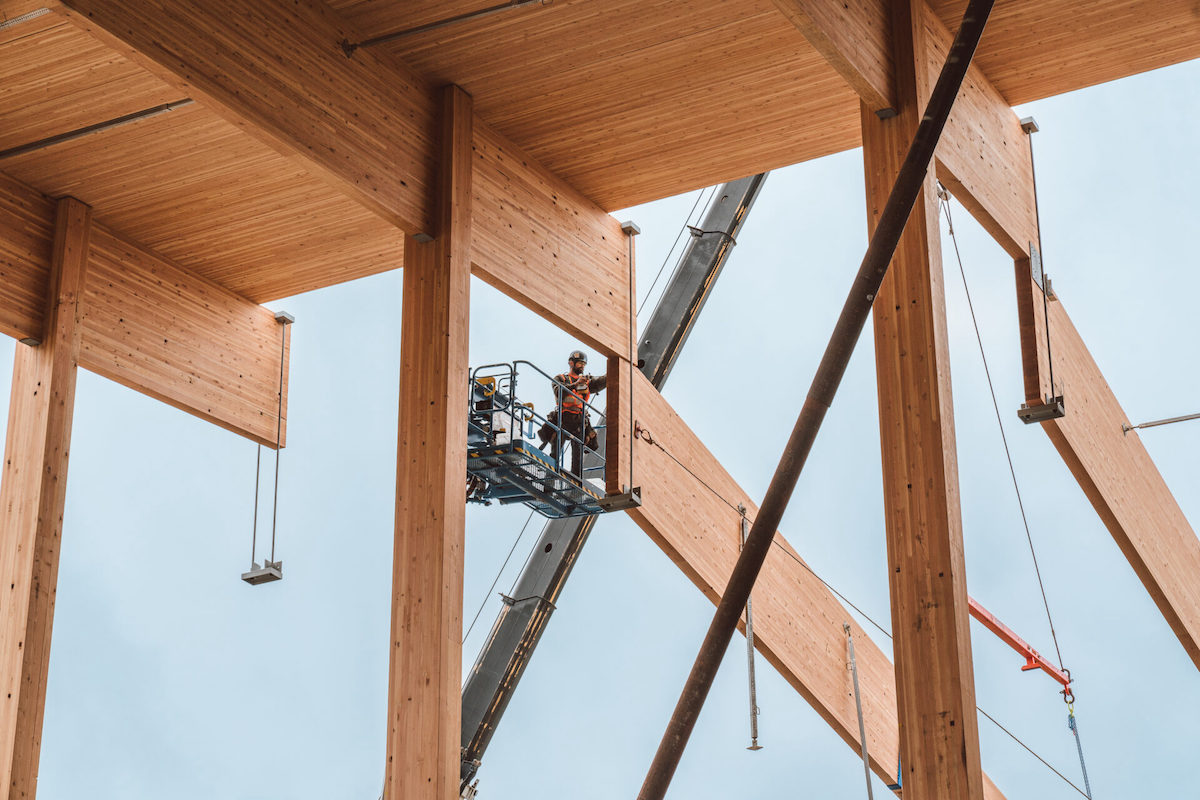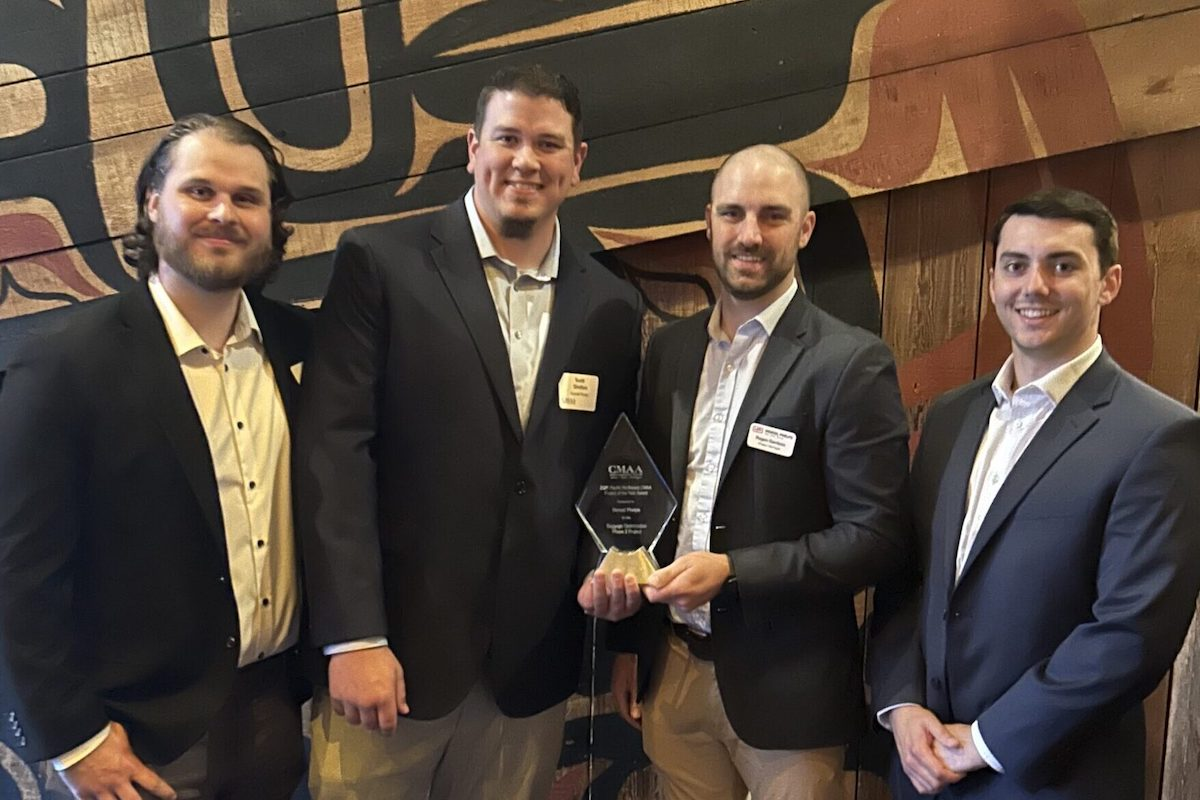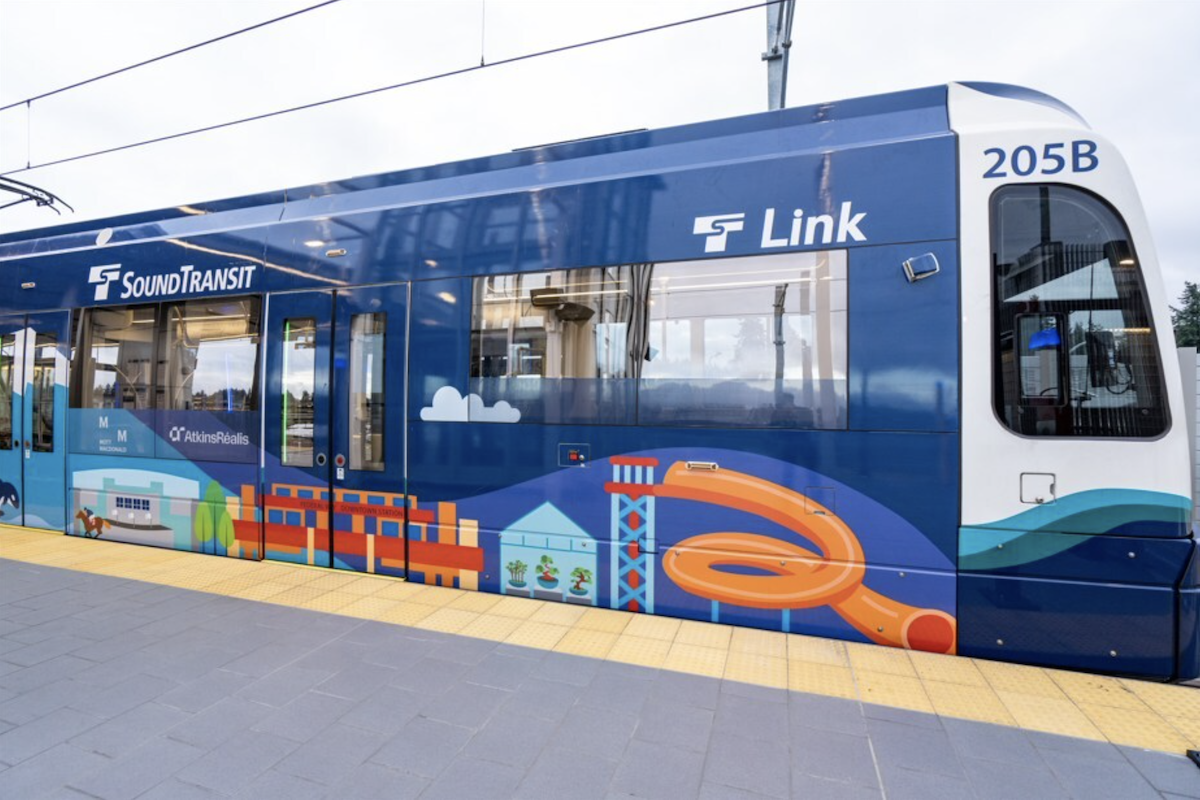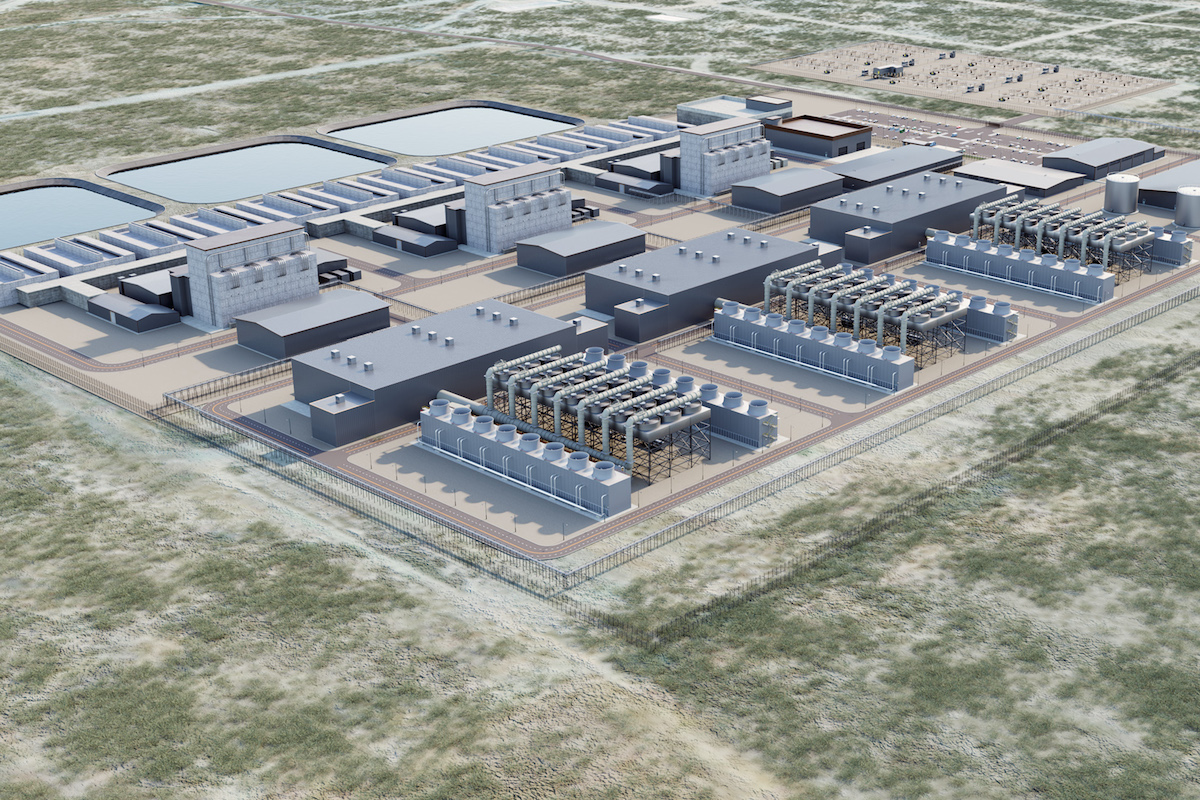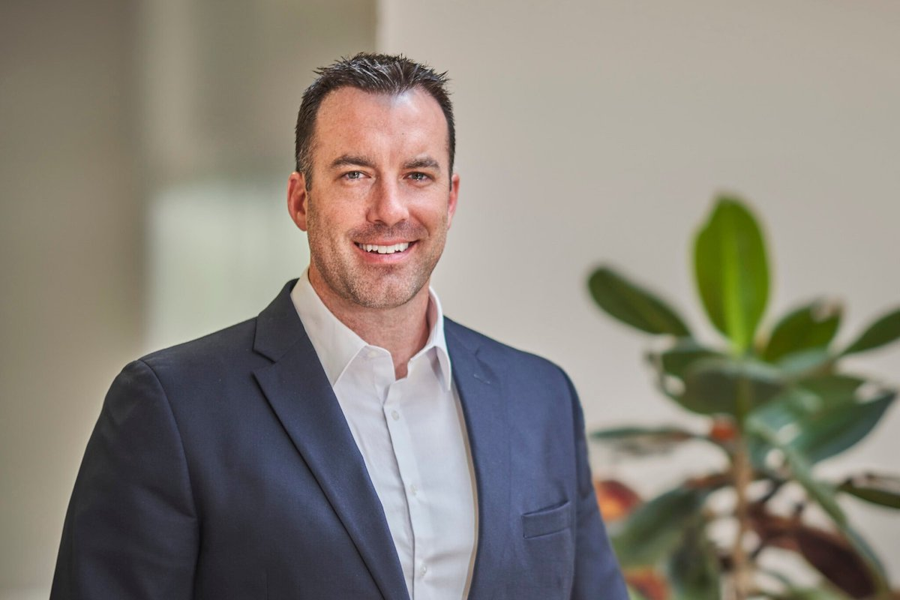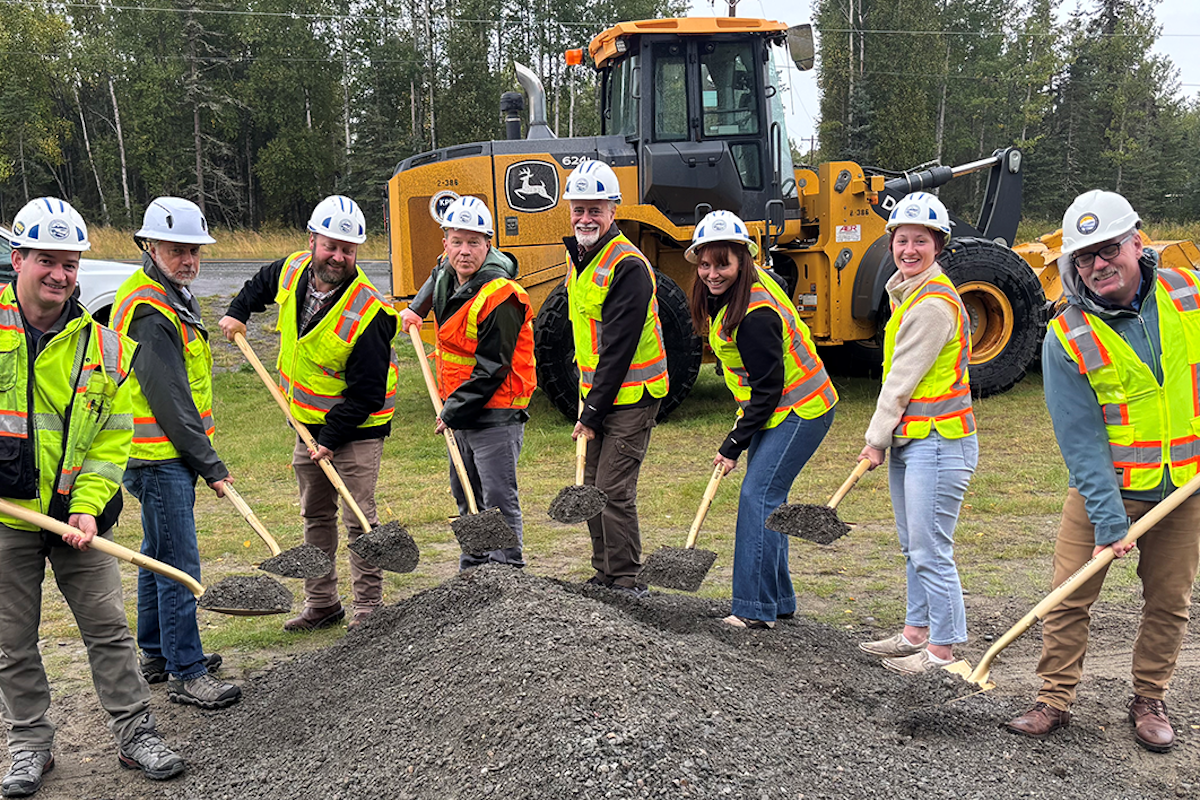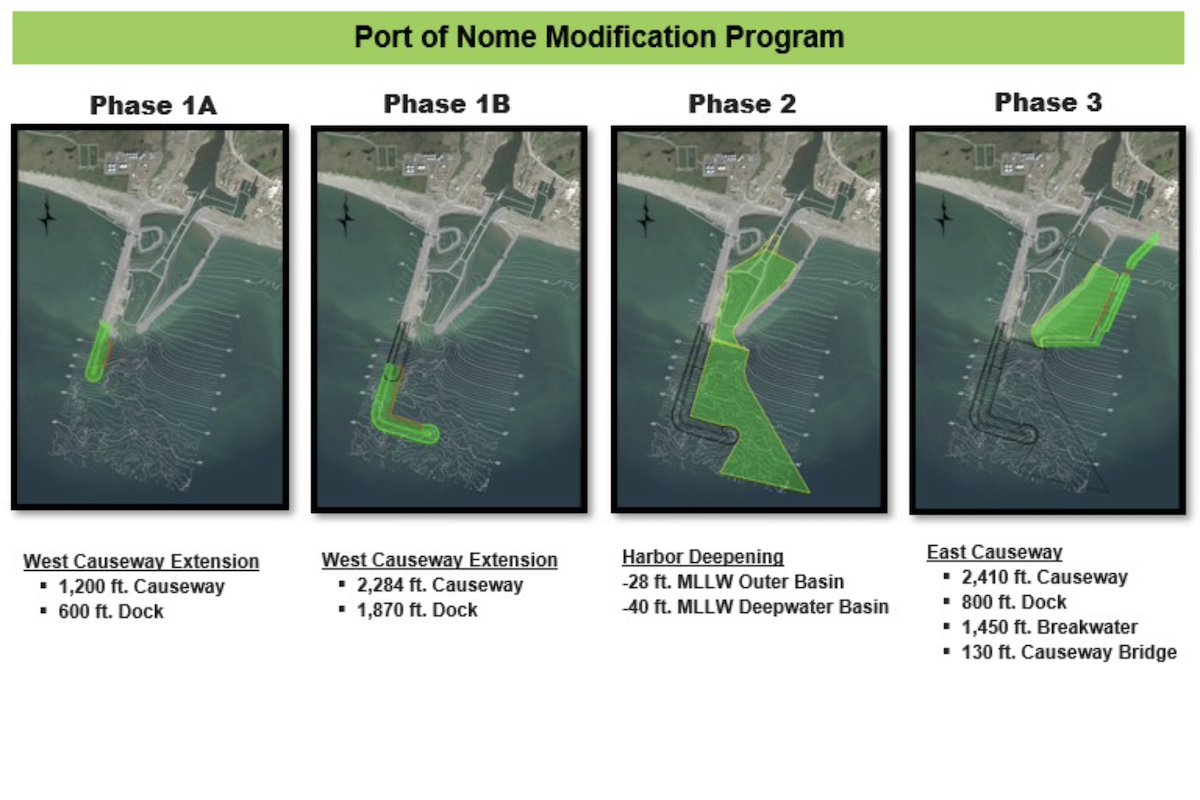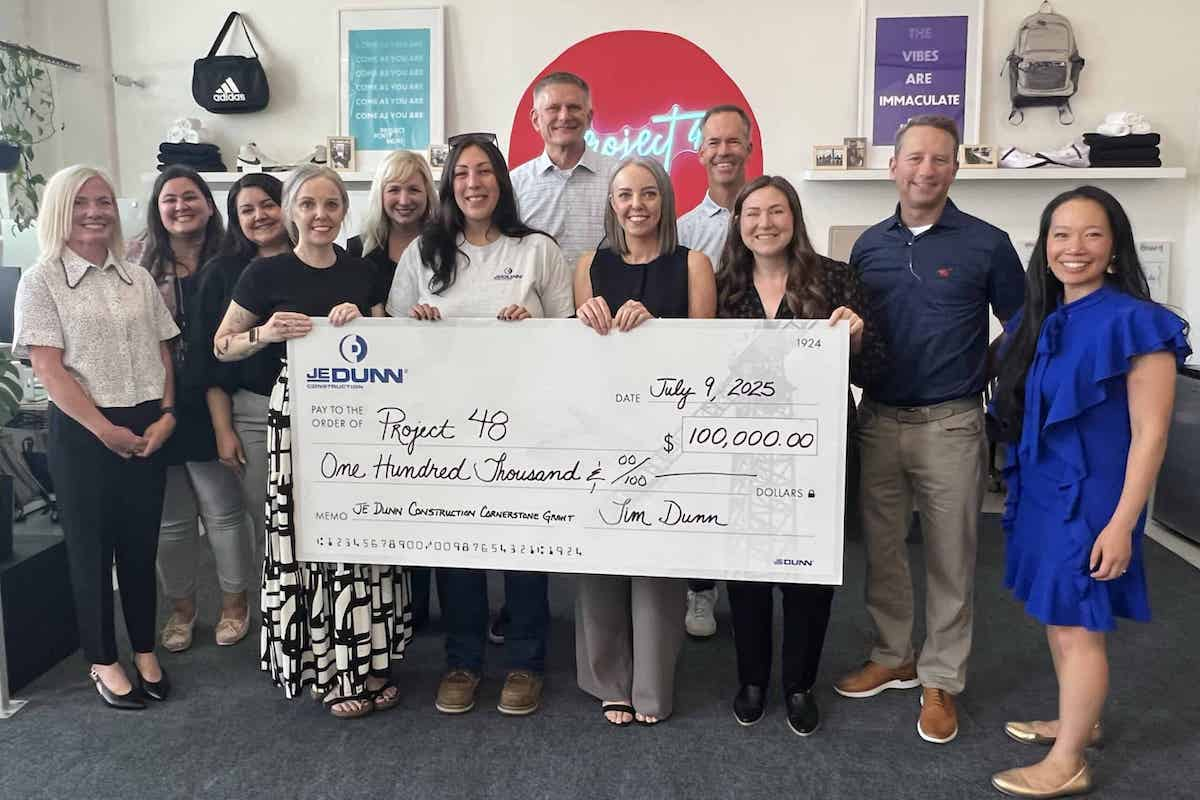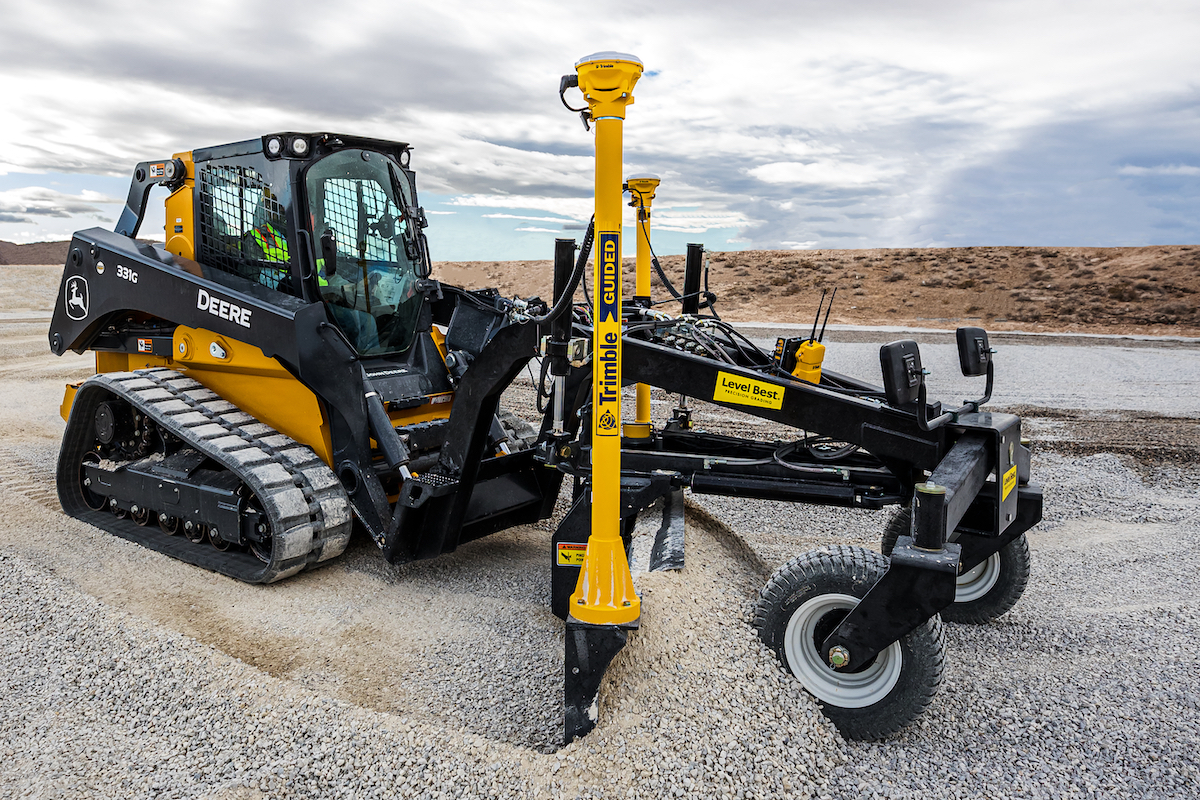“This project has been 20 years in the making,” says Alex Deduck, Project Manager for the Idaho Transportation Department (ITD). “Because of the canyon in this section, we knew it would be a complex project, but we are working hard to get this done correctly and safely.”
Annually, about 1.5 million vehicles drive on this section of the highway, a main-north-south route. In 2020, with the arrival of the COVID-19 pandemic, those numbers have increased exponentially due to many opting to work remotely in mountain communities north of the Boise Metropolitan Area.
“For the area, SH-55 is a crucial economic part of the region,” Deduck says. “Keeping stakeholders updated throughout the project has been a crucial component. We worked hard with our Public Involvement team to ensure the public was aware of construction, changes to traffic patterns, and alerted to any closures outside of scheduled work. This project is unique in its outreach efforts and we did that because we knew it would have a big impact to the area while construction was being completed.”
After nearly 20 years of outreach and environmental studies, ITD was finally able to bring the $25 million project to fruition.

| Your local Trimble Construction Division dealer |
|---|
| SITECH Northwest |
“To the east, the road had no shoulders and steep embankments that lead to the Payette River,” Deduck says. “To the west, there were steep rock embankments overhanging the road and it’s curvy. There were no places in the canyon for drivers to pull over safely and it has needed to be updated for some time.”
Because the project required the blasting and removal of large sections of the hillside, it has created unintended consequences of three rockslides in the canyon. Each slide occurred in a section where construction was still in-progress and was not a result of design failure. However, these slides have created opportunities for the project team to take a closer look at the hillsides and take a different approach at the planned designs to secure the hillsides.
“Just naturally, there is a lot of falling rock along this corridor,” Deduck says. “Unfortunately, when you plan a project like this, it’s hard to know what the rock will look like once you start taking sections of it away. Add to that the overall geology of the area is complex and has varying degrees of quality in each area. We are doing everything possible to secure those areas to allow us to complete the project without any other disruptions.”
In November 2021, after the second rockslide, construction teams built a 20-foot-tall by 400-foot-long rock buttress to stabilize the area and installed a draining system to ensure water wasn’t continuing to cause issues. After each slide, ITD brought in geotechnical experts to examine the hillside out of an abundance of caution to ensure the area was safe for travel before reopening the road.
M.A. DeAtley Construction – a regional highway and excavation company based in Clarkston, Washington – has crews working days and nights, seven days per week. Construction pauses every winter due to snow in the canyon.

| Your local Metso Minerals Industries Inc dealer |
|---|
| PacWest Machinery |
| Westate Machinery Co |
“It’s a tight work area with a very extreme terrain,” says Dusty Forsmann, Project Manager for DeAtley, “and there is high traffic volume.”
Since 2020, the project required blasting and excavating during the fall and spring. Approximately 230,000 cubic yards of rock has been blasted away and removed from the mountainside since the start of the project. Blasting for this project has been managed and conducted by subcontractor Ryno Works out of McCall, Idaho. DeAtley builds temporary roads to reach the drill sites – some of which may be 160 feet in the air. Ryno Works drills the holes, loads the holes with explosives, and clears the area of crew members for each blast.
The Payette River has been a major factor during this project as well. Crews also build barriers to catch the rock before it falls in the river to maintain the integrity of this stretch of river that is vital to the area. DeAtley uses shipping containers and rock berms to control the rock debris during blasting and excavation and moves the blasted rock offsite. The site provides little room to maneuver the heavy equipment on the mountainous rock formation, hence the full road closures.
“It’s impressive to see what these people can do and how they can manipulate the machines to get up to those locations and do it safely,” Deduck says. “We had to be innovative working in this narrow canyon. We even worked with a team that used a helicopter to place equipment at the top of the hillside, which saved us a lot of time getting excavators where they needed to be.”
DeAtley hauls off the blasted materials after each blast, usually overnight when there is little to no traffic on the highway. The rocks mostly land within the catchment area.

| Your local Superior dealer |
|---|
| Westate Machinery Co |
“When you see how much material we have moved, it’s really impressive,” Deduck says. “But we never miss an opportunity to utilize materials. A lot of the rock we removed from the hillside was actually used to build retaining walls on the riverside of the highway. If we can find a way to use natural materials during a project, we will.”
Crews use GPS surveying to control where and how much to blast and confirm ditch lines. DeAtley also uses automated machine guidance with GPS controls on its graders and pavers for subgrade and finish paving.
Managing traffic on the two-lane road, running between the mountains and the Payette River has not been without its challenges. In the spring and fall, there have been full road closures from 10 a.m. until 2 p.m. – with a recommended detour to U.S. 95, which can add anywhere from 45 minutes to more than four hours to a trip, depending on where you’re driving from. At other times, one-way alternating traffic is allowed to pass, controlled by a temporary signal or flaggers.
“Safety of the traveling public and worker safety is of upmost importance,” Deduck says. “We won’t put people in situations we wouldn’t be comfortable in ourselves.”
While the project has been running alongside a major section of white water recreation in the state, the river remained open to kayakers and rafters throughout construction.

| Your local Bobcat dealer |
|---|
| Pape Material Handling |
“We worked directly with recreation groups and river rafting companies before the project started to make sure our project schedule was fitting into theirs,” Deduck said, “Our flaggers not only monitor traffic on the road but will also watch for boats in the river. Regardless of what we were doing at the time, our construction would pause and give the boats the right of way and resume work once we knew they were a safe distance from the project.”
ITD’s mission statement is “Your Safety. Your Mobility. Your Economic Opportunity” and Deduck said it is not phrased that way by accident. “There is a reason safety is mentioned first. For any project we do, drivers’ safety is of the utmost importance and is central to everything we do.”
Construction is slated to resume this spring and will wrap up this fall.



















